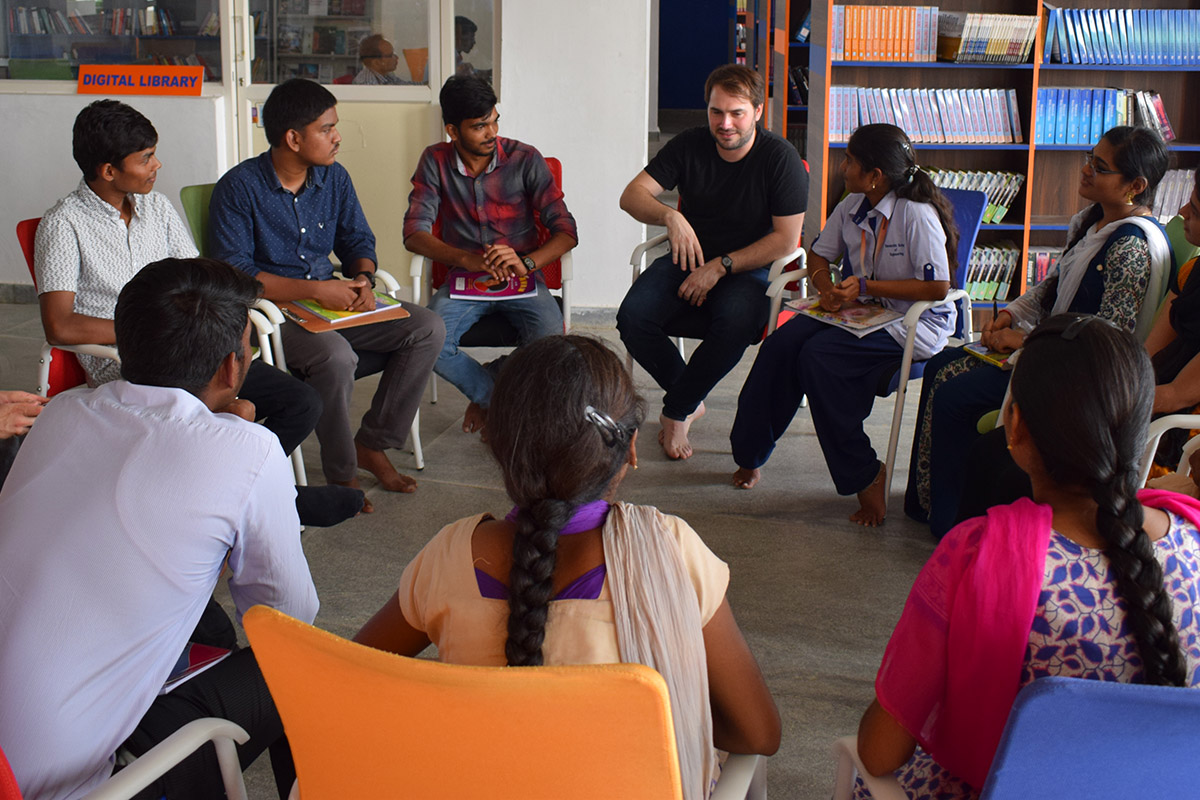Offered by SSE in cooperation with RISE & INSO, RIT stands for RISE Institute of Higher Technologies Program
.ABOUT RISE
Founded by versed engineers as a spin-off from the renowned Vienna University of Technology in the early 90-ties, RISE is a leading challenger in building serious, competitive, or exceptionally large digital systems worldwide. It has delivered several groundbreaking results worldwide. RISE operates in in Europe, in CEE, Qatar, or in UAE, Maghreb countries, Indonesia, India, Brazil, and China.
ABOUT INSO
The INSO research group was founded by Professor Grechenig in 2004 and grew out of a research group at TU Wien called RISE, whose activities date back to the 1990s. Today, RISE is an independent, successful digital technology manufacturer and innovator in the European and global markets, which has supported the INSO research group economically since its founding.
SSE-RISE FAB LAB
A fab lab (Fabrication laboratory) is a place where people can access cutting-edge technology to become inventors and innovators who have a potential that goes beyond providing technology to all. A Fab Lab is also a platform for learning and innovation: a place to play, create, learn, mentor, to invent. The SSE-RISE Fab lab is a places for do-it-yourself (DIY) with technology for tinkering and inventing.
Objective
The overall goal of the RIT Program is to transfer additional knowledge about hands-on computer programming and software engineering to CSE students Sanskrithi. There is a strong focus on practical assignments, where students must solve problems by writing code. This should help them practice computer programming and develop problem-solving skills. It should also encourage students to teach themselves various topics in software engineering using free online resources.
Duration of the Program
4 modules to be completed over the 4 years of study at SSE.
Faculty and Mentors
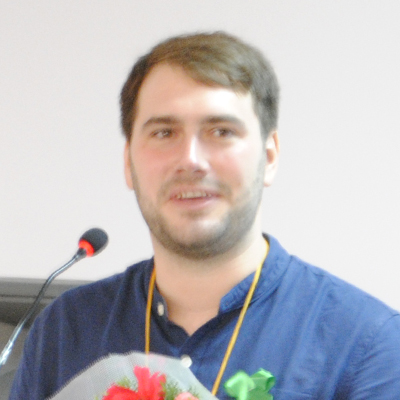
Mr. Paul Spiesberger
RISE, Europe
INSO, Europe
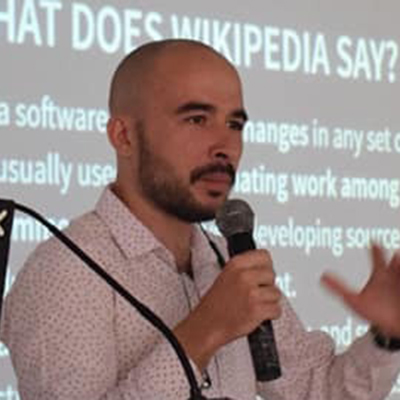
Mr. Raimund Rittnauer
Vienna University of Technology
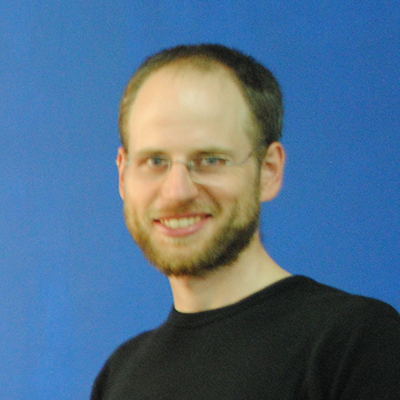
Mr. Raoul Vollan
Vienna University of Technology
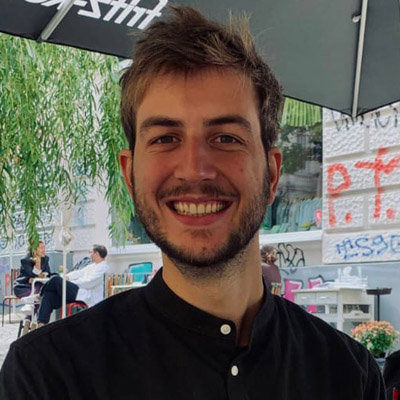
Mr. Enno Peter Stubler
Vienna University of Technology
MODULES
Module 1
In this module, students take to setting up necessary tools and learning skills that are needed in every module like Slack, Emails (writing & using), typing practice, and resources for self-learning. A visual programming language (Scratch) will be used to develop the mindset and thinking as a computer programmer. It includes 7 teaching-blocks á 2 weeks each.
Module 2
In this module, students will learn the basics of computer programming. There will be many small assignments to solve using Java. It includes 6 teaching-blocks à 2 weeks each.
Module 3
In this module, students continue practicing computer programming using Java. The assignments will contain a larger workload compared to previous modules, but so is the time available to develop a solution. During 3 teaching-blocks à 4 weeks each, students will implement their first bigger Java application. After each teaching-block students will have to participate in a submission review about their submitted solutions.
Module 4
In module 4 students deepen their knowledge in computer programming with Java. They will continue using Object-Oriented Programming and will also focus on Software Architecture. Students will learn about various design patterns and how to structure their Java code.
Additionally, they will use an SQLite database for reading and writing data. Another essential skill that students will learn is how to use and understand Git and GitHub. This module includes 5 teaching-blocks a 3 weeks each.

